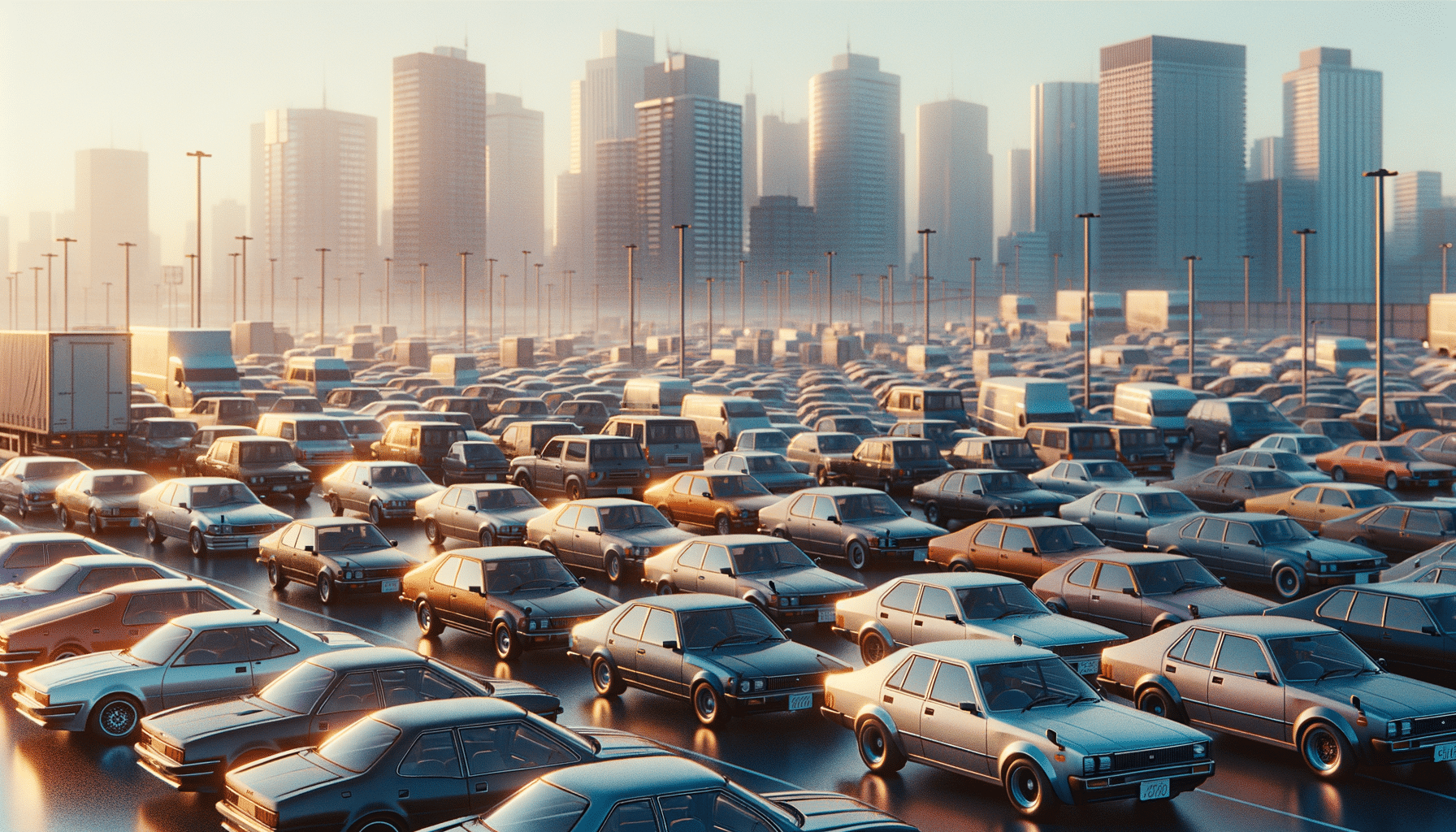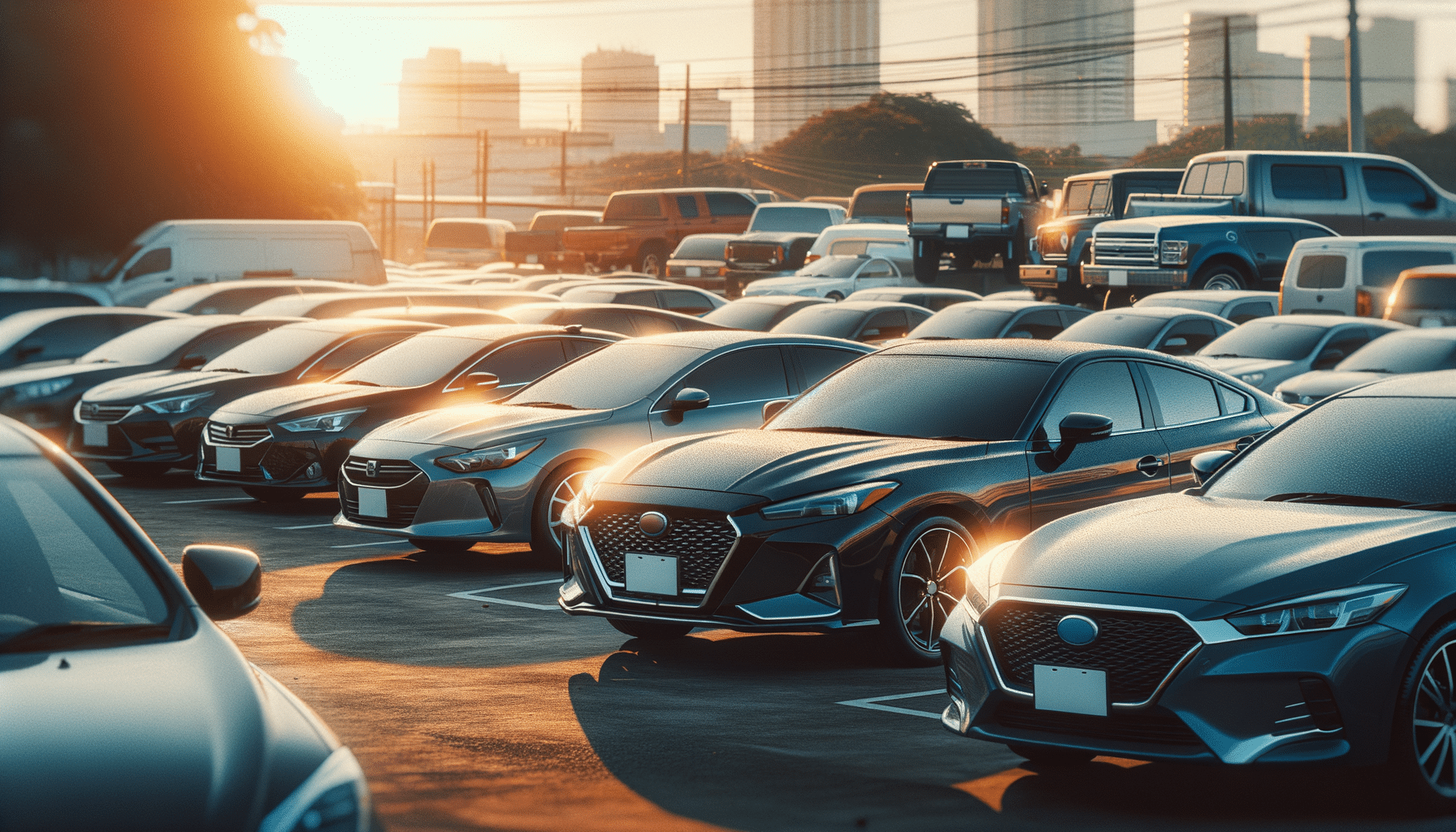
Understanding the Impact of Digital Art on Traditional Art Forms
The fusion of digital art and traditional art forms has sparked a fascinating evolution in the art world, where pixels meet paintbrushes to create a new realm of creativity.
As digital art continues to flourish, its impact on traditional art forms becomes increasingly profound. This transformation offers both opportunities and challenges, influencing artists, galleries, and audiences alike.
Exploring the Intersection of Digital and Traditional Art
The relationship between digital and traditional art is multifaceted. According to art historian Dr. Lisa Phan, “Digital art doesn’t replace traditional forms; instead, it enriches them by introducing new techniques and perspectives.” This viewpoint is supported by a survey conducted by the Art Institute of Chicago, which found that 72% of artists believe digital tools have expanded their creative possibilities.
Statistics and Research
Research from the Cultural Trends Journal indicates that over 60% of art galleries have incorporated digital art exhibitions in the past five years, highlighting the growing acceptance of digital mediums. This shift is not only reshaping artistic practices but also audience engagement.
Personal Experience
Take the example of Emily, a painter who began integrating digital techniques into her work. By layering digital elements over traditional canvases, she found new ways to express her artistic vision, reaching a broader audience online and in galleries.
Combining Techniques: The Best of Both Worlds
Artists are increasingly blending digital and traditional methods. This hybrid approach allows for greater experimentation and creativity. For instance, digital tools can simulate traditional techniques such as watercolor or oil paints, enabling artists to explore without the limitations of physical materials.
Table: Comparison of Digital and Traditional Art
| Aspect | Digital Art | Traditional Art |
|---|---|---|
| Medium | Pixels | Paints, canvas, stone |
| Flexibility | High | Moderate |
| Accessibility | Global | Geographical |
| Cost | Variable | High |
| Time | Efficient | Time-consuming |
| Reproducibility | Easy | Challenging |
| Portability | Convenient | Bulky |
| Durability | Depends on storage | Long-lasting |
Actionable Tips for Artists
- Experiment with combining digital and traditional techniques to find your unique style.
- Utilize online platforms to showcase your work to a global audience.
- Stay updated with the latest digital tools and software to enhance your creative process.
Frequently Asked Questions
How has digital art impacted traditional art forms?
Digital art has expanded creative possibilities and accessibility, allowing artists to experiment and reach wider audiences.
Can digital art and traditional art coexist?
Yes, they complement each other, offering diverse perspectives and techniques for artists.
Conclusion
In conclusion, the impact of digital art on traditional art forms is both profound and inspiring. By embracing both digital and traditional techniques, artists can broaden their creative horizons and engage with audiences in innovative ways. This dynamic interaction promises a vibrant future for the art world, where creativity knows no bounds.


